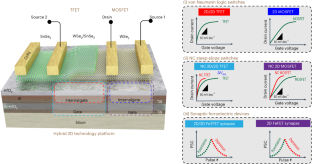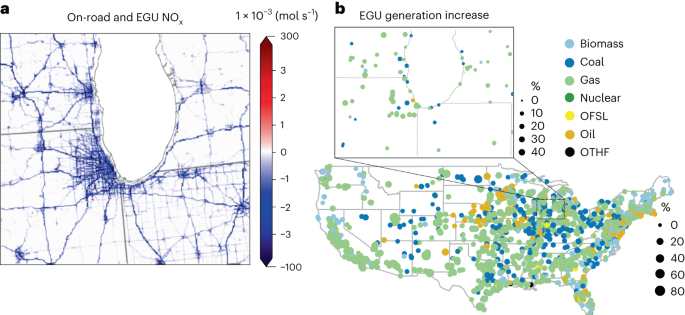2023-09-05 プリンストン大学
◆そこで、プリンストン大学とKAUSTの研究者は、シリコン太陽電池とペロブスカイト太陽電池をタンデムで結合し、両者の効率向上と安定性強化を実現しました。この結合により、ペロブスカイトの弱点を補い、高い効率を達成できることが示されました。タンデム太陽電池は、シリコンまたはペロブスカイト太陽電池単体よりも高い効率を持ち、ペロブスカイトの安定性課題にも対処できる可能性があり、商業展開に期待されています。
<関連情報>
- https://engineering.princeton.edu/news/2023/09/05/linking-two-solar-technologies-win-win-efficiency-and-stability
- https://www.cell.com/joule/fulltext/S2542-4351(23)00315-X
ペロブスカイト/シリコンのモノリシック・タンデム太陽電池の逆バイアス耐性 Reverse-bias resilience of monolithic perovskite/silicon tandem solar cells
Zhaojian Xu,Helen Bristow,Maxime Babics,Badri Vishal,Erkan Aydin,Randi Azmi,Esma Ugur,Bumin K. Yildirim,Jiang Liu,Ross A. Kerner,Stefaan De Wolf,Barry P. Rand
Joule Published:September 05, 2023
DOI:https://doi.org/10.1016/j.joule.2023.07.017

Highlights
•Si subcell protects the perovskite subcell from reverse-bias-induced degradation
•Reverse-bias stability was evaluated by module-relevant partial shading tests
•Monolithic perovskite/silicon tandems demonstrate excellent reverse-bias resilience
Context & scale
Partial shading is a practical problem that may occur during solar module operation, where among series-connected cells inside a module, the cells that are illuminated can cause a large reverse bias over the shaded ones. Metal halide perovskite solar cells have demonstrated an impressive power conversion efficiency but suffer from poor reverse-bias stability, which may limit their module-level commercialization. Herein, we demonstrate that by employing a monolithic perovskite/silicon tandem structure, the perovskite subcell can be effectively protected by the silicon subcell under reverse bias. As a result, monolithic perovskite/silicon tandem solar cells, when compared with perovskite single-junction solar cells, show superior reverse-bias resilience in both long-term reverse voltage biasing tests at the single-cell level and partial shading tests at the module level, making them more promising for commercialization.
Summary
Metal halide perovskites have rapidly enabled a range of high-performance photovoltaic technologies. However, catastrophic failure under reverse voltage bias poses a roadblock for their commercialization. In this work, we conduct a series of stress tests to compare the reverse-bias stability of perovskite single-junction, silicon single-junction, and monolithic perovskite/silicon tandem solar cells. We demonstrate that the tested perovskite/silicon tandem devices are considerably more resilient against reverse bias compared with perovskite single-junction devices. The origin of such improved stability stems from the low reverse-bias diode current of the silicon subcell. This translates to dropping most of the voltage over the silicon subcell, where such a favorable voltage distribution protects the perovskite subcell from reverse-bias-induced degradation. These results highlight that, compared with other perovskite technologies, monolithic perovskite/silicon tandems are at a higher technology readiness level in terms of tackling the reverse bias and partial shading challenges, which is a considerable advantage toward commercialization.



